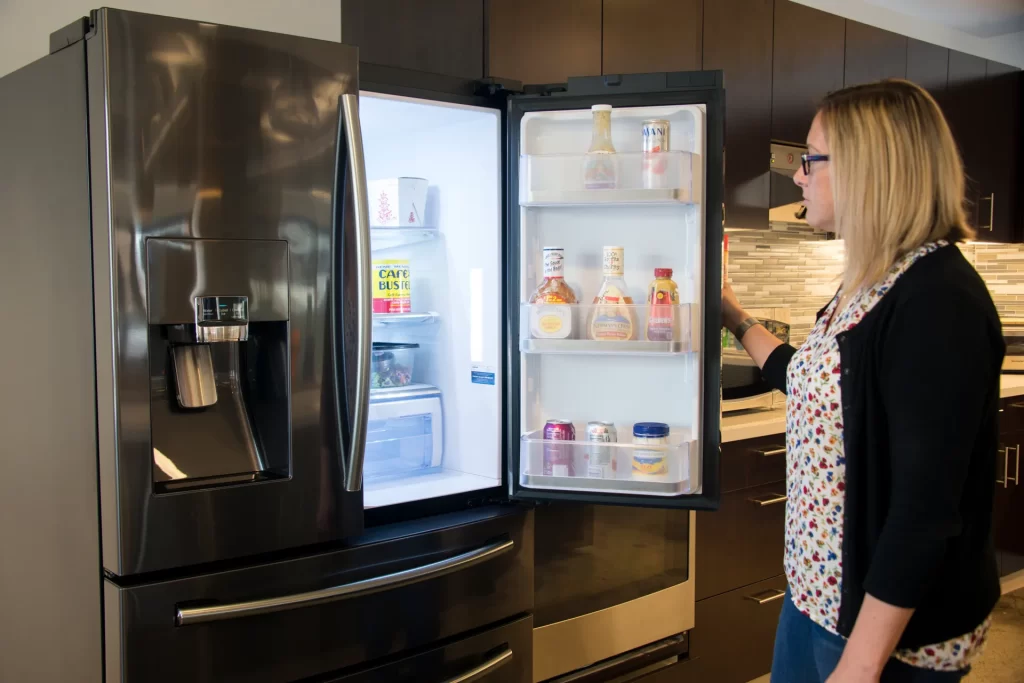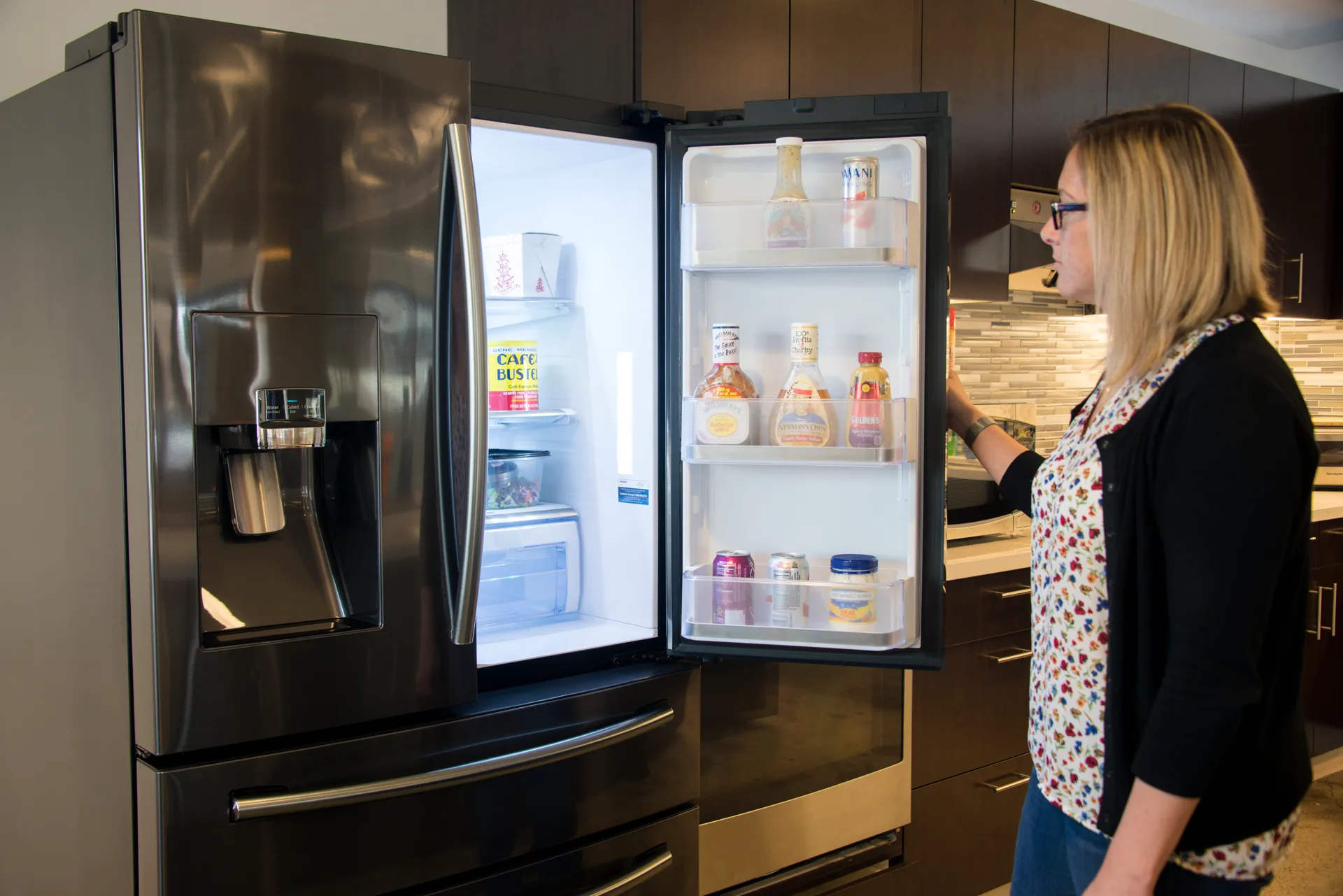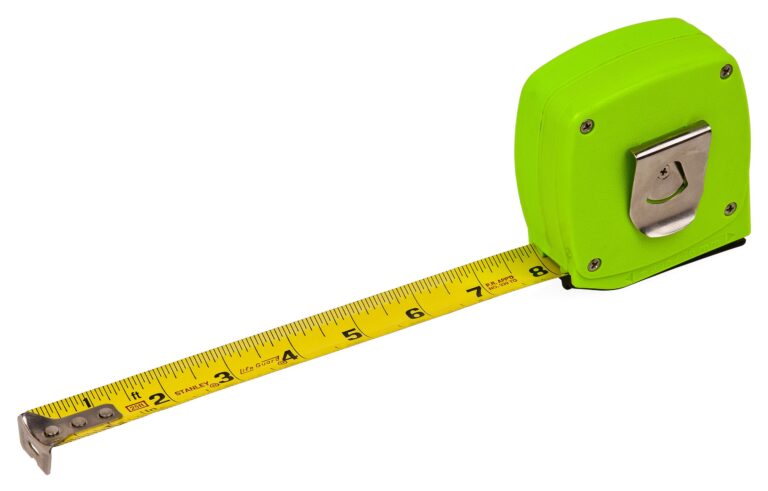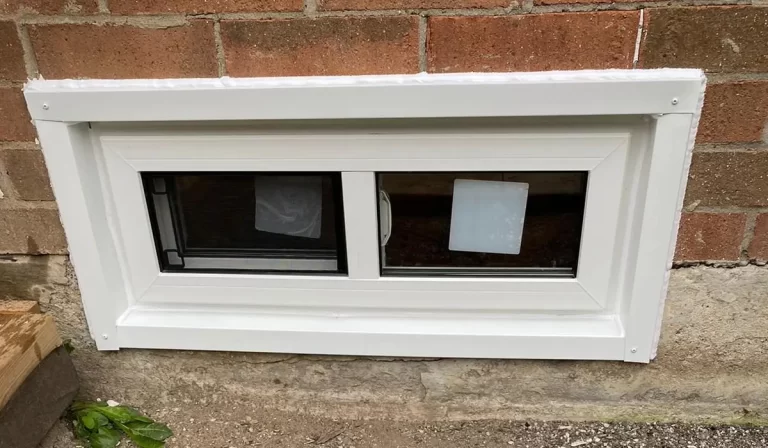How to Defrost Samsung Refrigerator

Having a modern refrigerator like Samsung means you get a piece of advanced kitchen technology. However, even the most innovative refrigerators can develop a frost buildup over time. This can hinder your fridge’s efficiency and take up valuable storage space. In this guide, we’ll walk you through how to defrost your Samsung refrigerator, ensuring it remains in top condition.
Why Defrost Your Samsung Refrigerator?
Over time, ice can accumulate in your fridge or freezer compartment. This is often due to:
- Frequently opening the refrigerator or freezer doors.
- Letting warm or humid air inside.
- Faulty door seals.
- Placing hot food items inside without letting them cool first.
A buildup of frost can reduce the efficiency of your fridge, make it harder to close doors, and reduce storage space. Regular defrosting ensures optimal performance.
Steps to Defrost a Samsung Refrigerator
1. Prepare the Surroundings
Remove all food items from the fridge and freezer compartments. Store perishables in coolers with ice packs.
Lay towels around the base of the fridge. This will soak up any water resulting from the melting ice.
2. Turn Off the Refrigerator
Power down your Samsung refrigerator. For most models, you can simply press and hold the ‘Power Freeze’ and ‘Fridge’ buttons simultaneously for about 3 seconds.
Unplug the unit from the wall socket for added safety.
3. Open the Doors
Keep both the fridge and freezer doors open. This accelerates the defrosting process by allowing room temperature air to circulate.
4. Speed Up the Process
For quicker defrosting, place a pot of hot water inside the compartments. As the steam rises, it will help melt the ice faster.
You can also use a hairdryer on the lowest setting, moving it back and forth across the icy areas. However, exercise caution to avoid electrical mishaps.
5. Clean the Inside
As the ice melts, wipe down the surfaces with a sponge or soft cloth.
Use a mixture of water and mild dish soap to clean the compartments. For stubborn spots, baking soda can be an effective cleaner.
Make sure to wipe down the walls, shelves, and all the nooks and crannies.
6. Check the Door Seals
A common reason for excessive frost is faulty door seals.
Clean the seals using a soft cloth, removing any debris or food particles that might prevent a tight seal.
If the seals are damaged, consider replacing them to prevent future frost buildup.
7. Restart the Refrigerator
Once fully defrosted and cleaned, plug the refrigerator back into the wall socket.
Turn the power back on using the refrigerator’s control panel.
Allow it to reach its optimal temperature (this might take a few hours) before restocking with food items.
Maintenance Tips to Prevent Frost Buildup
1. Regularly check the door seals for damage or obstructions.
2. Avoid keeping the fridge or freezer doors open for extended periods.
3. Let hot foods cool to room temperature before placing them in the refrigerator.
4. Adjust the temperature settings. Overcooling can contribute to faster frost formation.
Additional Tips for a Seamless Defrosting Experience
Stay Organized
Before unplugging your refrigerator and beginning the defrosting process, have a clear plan on where to store your food items. Utilizing coolers, ice packs, or even borrowing some space in a neighbor’s fridge can be helpful. Proper organization ensures that your perishables remain fresh and safe for consumption during the defrosting process.
Regular Inspections
It’s a good idea to periodically inspect the interior of your refrigerator for any signs of frost buildup. Catching it early can mean a quicker and less labor-intensive defrosting process.
Consider Upgrading
If your refrigerator is older and requires frequent defrosting, it might be worth considering an upgrade. Modern Samsung refrigerators often come with advanced frost-free technologies that minimize or eliminate the need for manual defrosting.
Safety First
When using external sources to expedite the defrosting process, like a hairdryer, always ensure that you’re not letting water come into direct contact with electrical components. It’s also crucial to avoid the use of sharp objects to scrape off ice, as they can damage the inner lining of your fridge or puncture the evaporator coils, leading to expensive repairs.
Environmentally Friendly Disposal
If you’re considering replacing your refrigerator, make sure to dispose of the old unit in an environmentally friendly manner. Many service providers offer recycling or disposal services that ensure refrigerants and other components are handled properly.
The Value of Expert Advice
While most Samsung refrigerators are designed for easy maintenance, there might be situations where professional help is needed. If you’re unsure about any step or if your refrigerator exhibits unusual behaviors, it’s always best to consult the user manual or reach out to Samsung’s customer support. They can provide model-specific advice or direct you to a professional technician.
In Conclusion
The Samsung ice maker has revolutionized convenience. However, like all technology, it may occasionally require maintenance. If you notice an excess of ice buildup in the ice bucket, it may be time to initiate a force defrost. Engaging the forced defrost mode can be done with a few button combinations, notably the power freeze button. But before reaching for any tools to assist with the defrosting, ensure you’re using only the plastic spatula to avoid damage. For faster results, a hair dryer can be cautiously used to expedite the melting process.
The forced defrost cycle is a feature specifically designed for moments when manual intervention is needed to aid the Samsung fridge in its defrosting process. However, if you find yourself regularly needing a manual defrost, it’s worth inspecting the defrost thermostat or checking for a faulty defrost heater. The defrost timer is another component that, if malfunctioning, can lead to consistent frost issues.
In conclusion, refrigerator defrost maintenance is crucial for ensuring the longevity and optimal performance of your appliance. With Samsung’s innovative features and by adhering to safe defrosting practices, your Samsung ice maker and refrigerator will continue to serve your household efficiently. Remember, prevention is the key, so periodic checks can save you from major ice buildup challenges in the long run.








